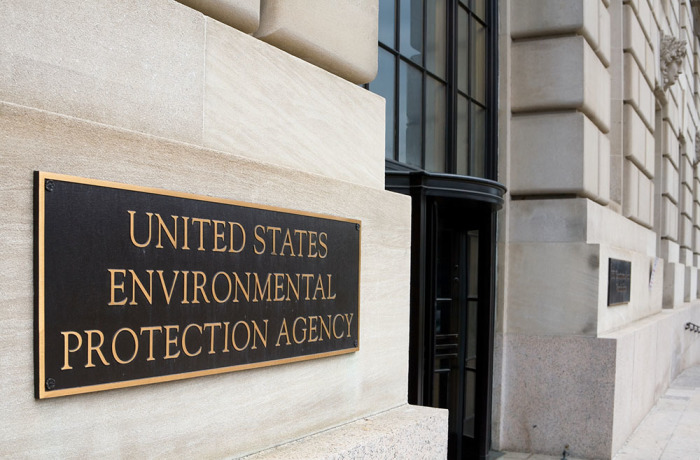4 things to know about the Ohio train derailment, burning toxic chemicals

3. Norfolk Southern could be held liable
On Friday, the EPA sent a letter to Norfolk Southern informing the railroad company that it could be liable for the train derailment under the Comprehensive Environmental Response, Compensation, and Liability Act, also known as the federal “Superfund” law. If found liable, Norfolk Southern might have to pay for costs associated with cleaning up the accident site or reimburse the EPA for the costs it incurred when doing so.
The EPA outlined the actions it has taken in the aftermath of the train derailment, including “air monitoring around the scene of the incident, the surrounding community, and residential air monitoring.” The government agency also acknowledged that it conducted “air and water sampling” and made note of several observations it had made based on its examination of the accident site.
According to the EPA, “Materials released during this incident were observed and detected in samples from Sulphur Run, Leslie Run, Bull Creek, North Fork Little Beaver Creek, Little Beaver Creek, and the Ohio River.” In addition to contaminating several bodies of water in the vicinity of the derailment, the EPA observed toxic materials entering storm drains.
Additionally, the EPA told Norfolk Southern that “areas of contaminated soil and free liquids were observed and potentially covered and/or filled during reconstruction of the rail line including portions of the trench/burn pit that was used for the open burn off of vinyl chloride.” The EPA has documented Norfolk Southern’s collaboration in the cleanup effort in a series of updates posted on its website.
Efforts undertaken by Norfolk Southern following the derailment include the installation of “booms and underflow dams to restrict the flow of contaminated water as well as contain and collect floating product,” removing “oily product” from Sulphur Run using a vacuum truck and the installation of “a dam and a water bypass at Sulphur Run to prevent further contamination of downstream waters.”
For its part, Norfolk Southern announced in a Feb. 13 update that “both mainlines were restored to service on Feb. 7 — after our Engineering team and contractors worked quickly to clear the site and lay down new infrastructure.”
Ryan Foley is a reporter for The Christian Post. He can be reached at: ryan.foley@christianpost.com




























